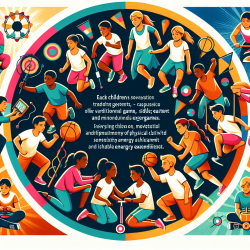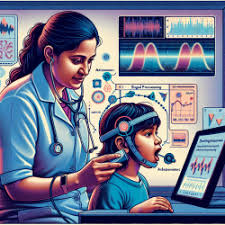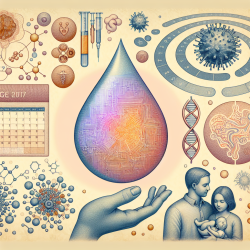Introduction
In the quest to enhance children's physical activity, recent research has highlighted the importance of autonomy and mastery. A study titled "Autonomy supportive environments and mastery as basic factors to motivate physical activity in children: a controlled laboratory study" explores how these elements can motivate children to engage in physical activity. This blog delves into the findings and offers practical insights for practitioners to improve their skills and outcomes for children.
The Study: Key Findings
The study examined 44 children, divided into groups with varying levels of choice in active toys. The results were telling:
- Choice Boosts Activity: Providing children with a choice of active toys significantly increased their physical activity time, especially for girls. Girls' activity time increased by 146% with choice, compared to a 23% increase for boys.
- Mastery Matters: Exergames, which incorporate mastery elements, kept children engaged longer than traditional games. However, traditional games resulted in higher energy expenditure.
- Gender Differences: Girls responded more positively to autonomy-supportive environments, leveling the playing field with boys in terms of activity time and intensity.
Practical Implications for Practitioners
These findings offer valuable insights for practitioners working with children:
- Incorporate Choice: Allowing children to choose from a variety of active toys can significantly boost their motivation and engagement in physical activities.
- Focus on Mastery: Design activities that encourage mastery, such as exergames, to keep children engaged for longer periods.
- Consider Gender Differences: Tailor activities to ensure that both boys and girls are equally motivated and engaged, recognizing that girls may benefit more from autonomy-supportive environments.
Encouraging Further Research
While this study provides valuable insights, further research is needed to explore the long-term effects of autonomy and mastery on children's physical activity. Practitioners are encouraged to apply these findings in their settings and contribute to the growing body of research.
Conclusion
By understanding and implementing the principles of autonomy and mastery, practitioners can create engaging and effective physical activity programs for children. This approach not only increases physical activity levels but also fosters a lifelong love for movement.
To read the original research paper, please follow this link: Autonomy supportive environments and mastery as basic factors to motivate physical activity in children: a controlled laboratory study.










